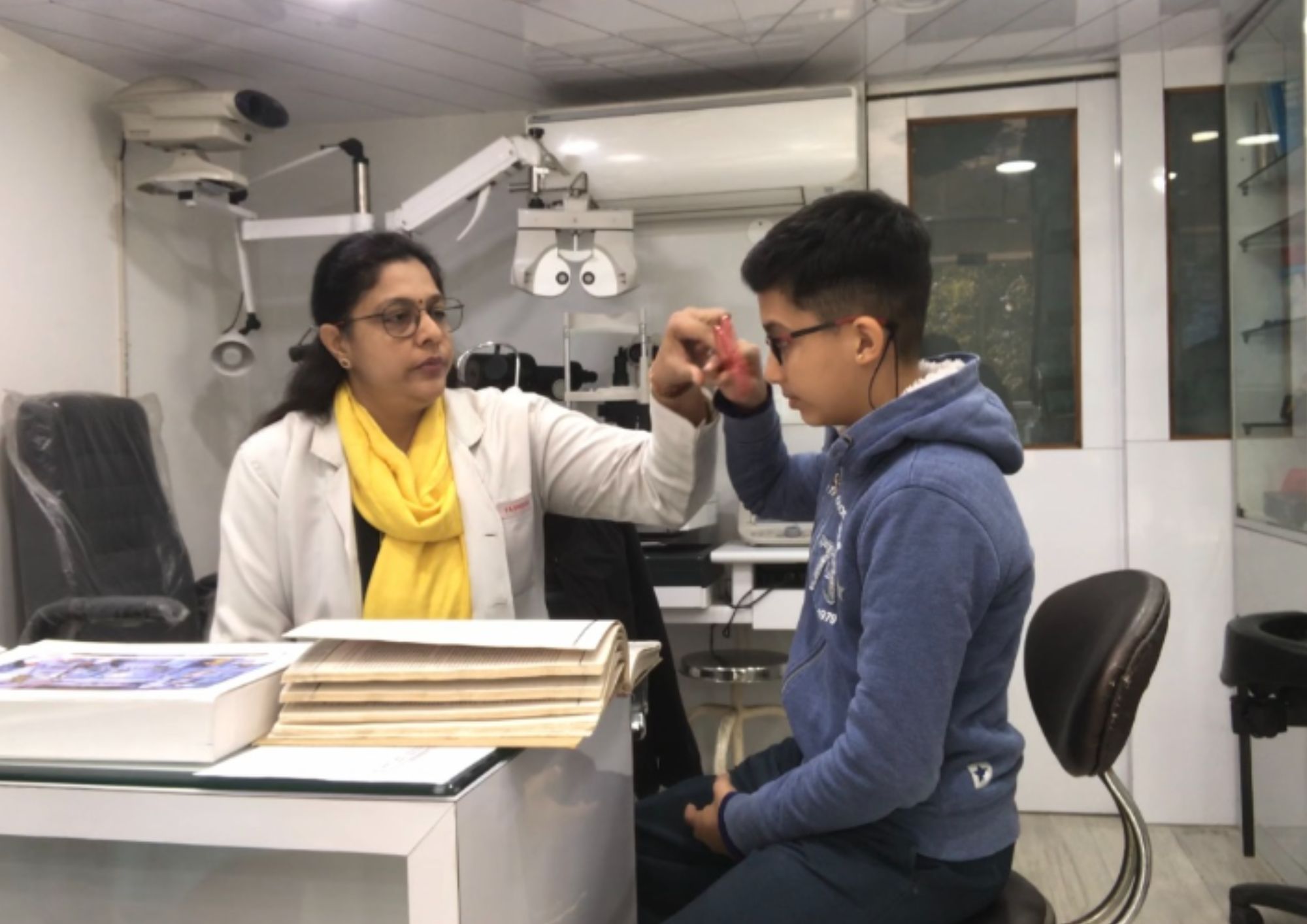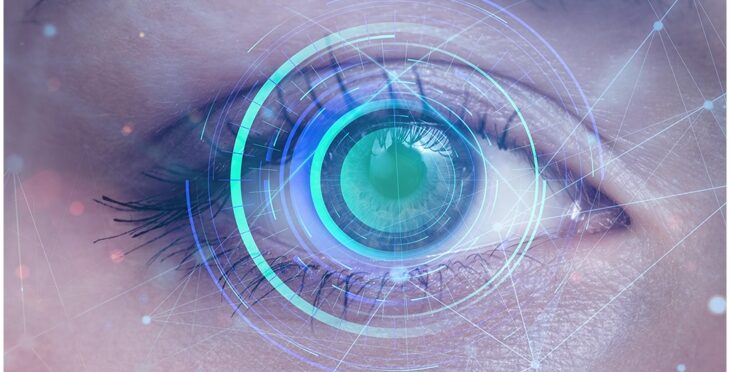Specialized Retina Service Near Me: Top-Notch Eye Treatment Professionals
Specialized Retina Service Near Me: Top-Notch Eye Treatment Professionals
Blog Article
The Function of Advanced Diagnostic Tools in Identifying Eye Disorders
In the world of ophthalmology, the use of innovative diagnostic tools has actually revolutionized the very early recognition and administration of various eye conditions. As the demand for specific and timely medical diagnoses proceeds to expand, the combination of sophisticated devices like optical coherence tomography and visual area testing has come to be vital in the realm of eye treatment.
Importance of Early Diagnosis
Early medical diagnosis plays an essential function in the efficient monitoring and treatment of eye problems. By spotting eye problems at a very early phase, health care providers can provide ideal therapy strategies tailored to the certain condition, eventually leading to better end results for clients.

Technology for Detecting Glaucoma
Sophisticated analysis modern technologies play a critical role in the very early discovery and tracking of glaucoma, a leading reason of irreversible blindness worldwide. Another innovative tool is aesthetic area screening, which maps the sensitivity of a patient's aesthetic field, helping to spot any locations of vision loss feature of glaucoma. These sophisticated diagnostic devices enable ophthalmologists to identify glaucoma in its very early phases, allowing for prompt intervention and far better monitoring of the illness to prevent vision loss.
Function of Optical Comprehensibility Tomography

OCT's ability to measure retinal nerve fiber layer density allows for precise and objective dimensions, helping in the very early detection of glaucoma navigate to this site even prior to aesthetic area issues end up being noticeable. In general, OCT plays an essential role in boosting the diagnostic accuracy and administration of glaucoma, inevitably adding to far better end results for individuals at risk of vision loss.
Enhancing Medical Diagnosis With Visual Field Testing
An essential element in thorough ocular analyses, aesthetic area testing plays a critical function in improving the diagnostic procedure for different eye disorders. By evaluating the full degree of an individual's aesthetic area, this test supplies important information concerning the functional stability of go to website the entire aesthetic path, from the retina to the aesthetic cortex.
Visual area testing is specifically important in the diagnosis and management of problems such as glaucoma, optic nerve disorders, and various neurological diseases that can impact vision. With measurable dimensions of peripheral and central vision, clinicians can identify subtle changes that may suggest the visibility or progression of these disorders, also before visible signs and symptoms happen.
Additionally, visual field testing permits the tracking of treatment efficiency, assisting ophthalmologists tailor healing treatments to private clients. eyecare near me. By tracking modifications in visual field performance with time, healthcare companies can make educated decisions regarding readjusting drugs, recommending surgical interventions, or applying various other suitable actions to protect or enhance an individual's visual feature
Handling Macular Deterioration

Conclusion
In conclusion, progressed analysis tools play an essential role in identifying eye conditions early on. Technologies such as Optical Coherence Tomography and aesthetic field screening have actually significantly enhanced the accuracy and efficiency of identifying problems like glaucoma and macular deterioration.
Report this page